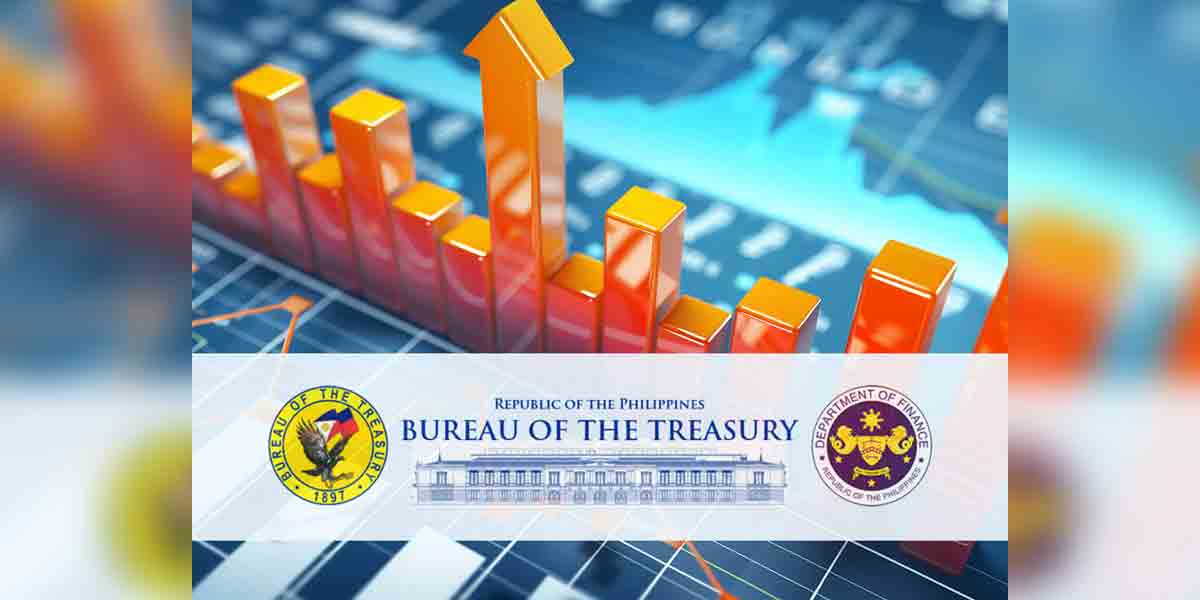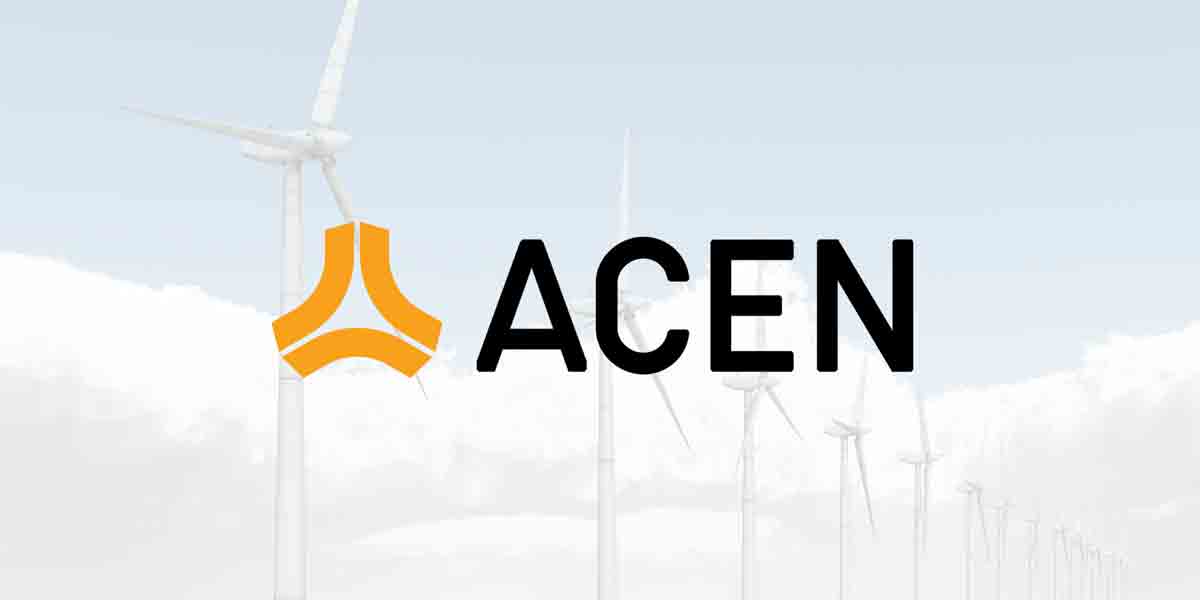By Herbert Vego
FORMER presidential spokesman Harry Roque, though unseen in public for over a month, continues to post Instagram videos that spill disinformation. For example, he called President Ferdinand Marcos Jr. (PBBM) a “pinakamalaking loser” following Donald Trump’s election for the second time as President of the United States.
“Dahil malapit nga ang dating Presidente Duterte kay Trump,” Roque asked, “anong ibig sabihin nito sa adminisrasyon ni PBBM? Well, sorry na na lang kay PBBM. Ang pinakamalaking loser sa pagkapanalo ni Trump, si PBBM.”
If Roque aimed to insinuate that Marcos had picked the losing presidential candidate, Vice-President Kamala Harris, over Trump, it failed for being a non-sequitor (“does not follow”). The shift from Joe Biden to Donald Trump will not invalidate the time-tested 1951 Mutual Defense Treaty (MDT) between Manila and Washington, which would obligate the US to defend us if attacked by a foreign power.
In an interview with ANC News, Philippine ambassador to the USA Jose Manuel Romualdez stressed, “It is in the American interest that the Indo-Pacific region remains free, peaceful and stable, especially given the economic part of it, with trillions of dollars passing through the South China Sea.”
In a separate interview, US Ambassador to the Philippines Mary Kay Carlson assured ANC News that Manila and Washington DC would remain “steadfast friends and ironclad allies”.
Therefore, let us look forward to the same U.S.-Philippine security engagements that have deepened under Presidents Biden and Marcos, with both leaders keen to counter what they see as China’s aggressive actions in the South China Sea.
Marcos stressed the same optimism in his congratulatory message to Trump: “I am hopeful that this unshakeable alliance, tested in war and peace, will be a force of good that will blaze a path of prosperity and amity, in the region, and in both sides of the Pacific.”
The Philippines has increased the number of its bases accessible to U.S. forces from five to nine. The U.S. has pledged $128 million for infrastructure improvements at those bases, in addition to a $500 million pledge for the Philippine military and coastguard.
American “intervention” is likewise provided for by the Enhanced Defense Cooperation Agreement (EDCA), promulgated in 2014 during the time of Presidents Barack Obama and Benigno Simeon “Noynoy” Aquino III.
EDCA allows the United States to rotate troops into the Philippines for extended stays and to build and operate facilities on Philippine bases for both American and Philippine forces, thus reinforcing the PH-US Mutual Defense Treaty (MDT) of 1951.
Trump is aware that China has been bullying us for eight years since the early days of President Rodrigo Duterte, who could have weakened our position by professing his “love” for President Xi Jinping and by joking about “my country” willing to become “province” of China.
Under Marcos, the Philippines has increased the number of its bases accessible to U.S. forces from five to nine. The U.S. has pledged $128 million for infrastructure improvements at those bases, in addition to a $500 million pledge for the Philippine military and coastguard.
The US needs to nip China’ s military build-up. It has already occupied our Zamora Reef in the Spratlys with a three-kilometer airstrip surrounded by hangars, radars, missile shelters and weapons systems.
This proves that the US military holds China accountable for violating the July 2016 ruling of the United Nations-backed Arbitral Tribunal, declaring several areas in the West Philippine Sea (WPS) part of the exclusive economic zone (EEZ) of the Philippines.
-oOo-
MOLO SUBSTATION MODERNIZED
MORE Electric and Power Corporation has fully rehabilitated the 23-year-old 25/30MVA Molo substation, marking a significant step in the company’s initiative to modernize Iloilo City’s power infrastructure, with the prestigious EEI Power Corporation serving as the project contractor.
This upgrade included the replacement of outdated and unreliable equipment such as the control system, switchyard, and other critical components to enhance the substation’s reliability and automation.
“The Molo Substation upgrade is vital to accommodate the rising electricity demand driven by population growth and commercial expansion in the area,” said Roel Z. Castro, president and CEO of MORE Power. “It extends the transformer’s lifespan and improves performance through advanced technology to ensure stable and efficient power distribution.”
The transformation of the Molo Substation features a reconfigured in-out system, which significantly mitigates the risk of outages, particularly during peak demand.





















